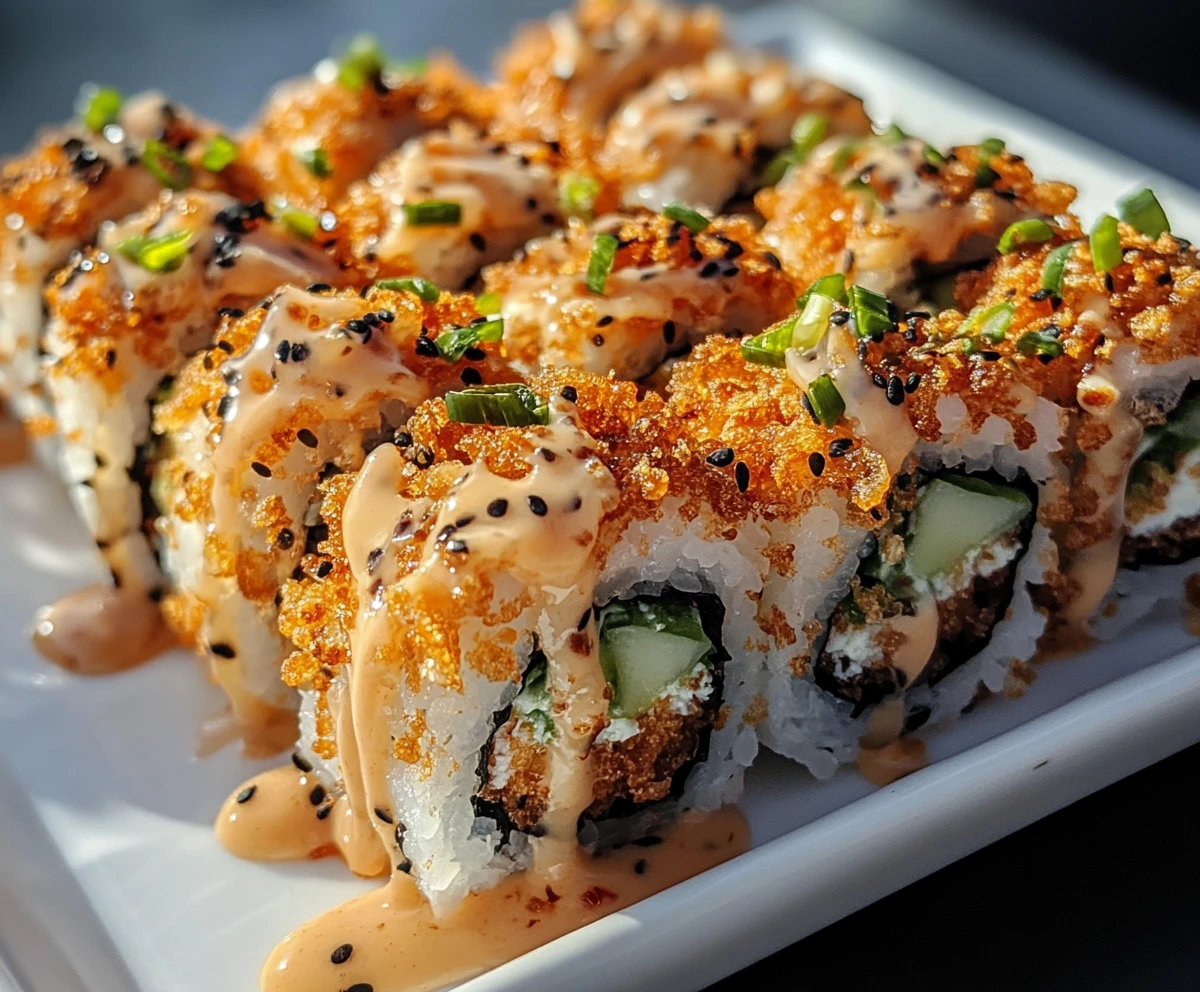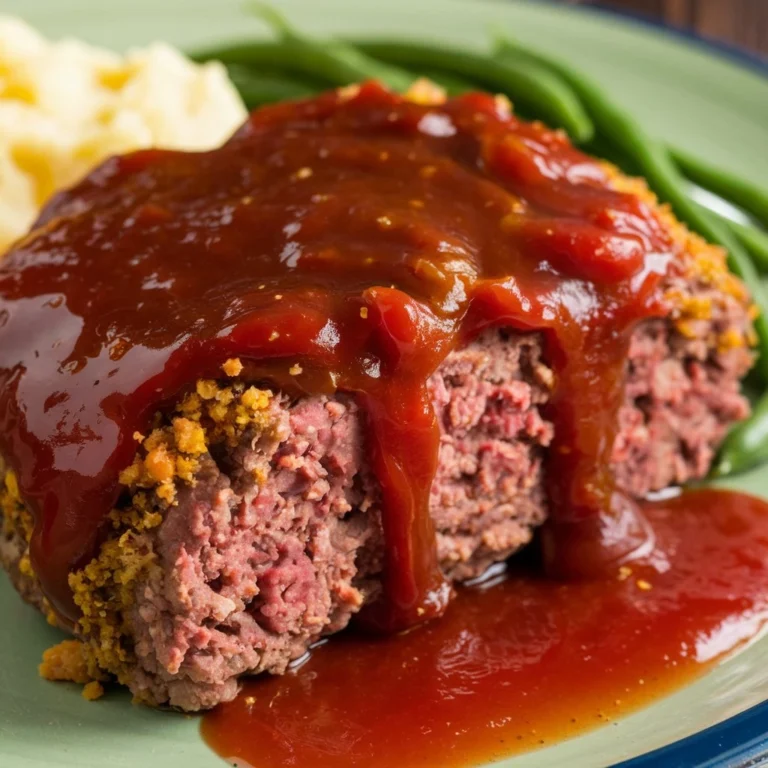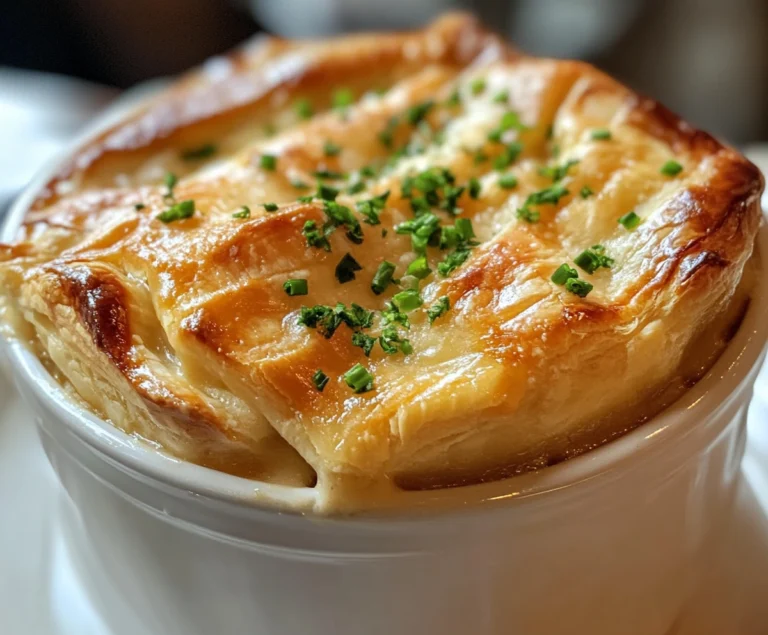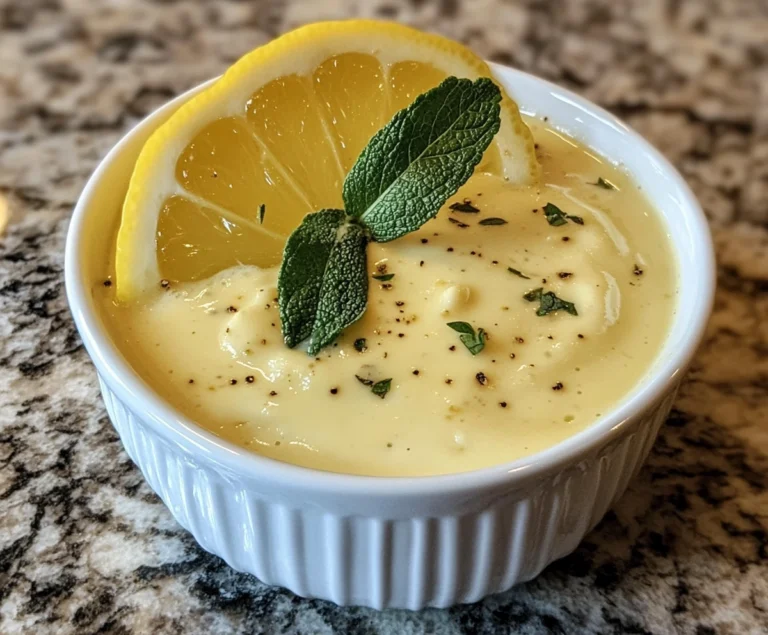What’s the Difference Between a Crunch Roll and a California Roll?
Sushi has evolved into a global culinary phenomenon, with various types of sushi rolls gaining immense popularity in Western countries. Among the most beloved rolls are the Crunch Roll and the California Roll, each offering unique flavors, textures, and ingredients. Whether you’re new to sushi or a seasoned enthusiast, understanding the differences between these two rolls can help you make an informed decision about what to order next.
In this comprehensive guide, you’ll discover the intricate details of both the Crunch Roll and the California Roll. From their ingredients and preparation to their nutritional content and cultural significance, this deep dive will help you distinguish these two sushi favorites.
What is a Crunch Roll?
The Crunch Roll offers a delightful combination of texture and flavor. Sushi lovers who crave crunchy elements and bold flavors will find this roll irresistible. Chefs typically make the Crunch Roll using tempura shrimp, avocado, and cucumber. What makes it stand out, however, is its topping of tempura flakes or panko breadcrumbs, which add a distinct crunch. Sushi restaurants often enhance the flavor by drizzling the roll with sauces like spicy mayo or eel sauce, making each bite more indulgent.
Key Ingredients of a Crunch Roll:
- Tempura Shrimp: The core ingredient that provides the fried, crispy texture.
- Avocado: This creamy ingredient balances the crunchiness of the tempura and the toppings.
- Cucumber: The cucumber adds a refreshing, crisp contrast to the rich shrimp and soft avocado.
- Tempura Flakes or Panko Breadcrumbs: These crunchy elements define the roll’s crispy exterior.
- Eel Sauce or Spicy Mayo: These sauces deliver an additional savory and spicy flavor, enriching the overall taste.
How to Make Crunch Rolls
Preparing a Crunch Roll involves several key steps, each contributing to its distinctive texture and taste. First, chefs fry the tempura shrimp until it turns golden brown and crispy. They then wrap the shrimp with avocado and cucumber inside a layer of seaweed and rice. After rolling, the sushi chef tops the roll with crunchy elements such as tempura flakes or panko breadcrumbs and finishes with a drizzle of spicy mayo or eel sauce.
This unique combination of fried, creamy, and crunchy elements creates an indulgent experience for those who crave rich flavors and textures. If you want to explore how crispy textures enhance sushi, visit our guide on Crunchy Roll Sushi for more insights on adding crunch to your sushi creations.
Variations of Crunch Rolls
While the classic Crunch Roll centers around tempura shrimp, avocado, and crispy toppings, chefs often create new versions by incorporating other ingredients. Some variations feature spicy tuna, cream cheese, or salmon, providing a different flavor profile and additional textural elements.
You may encounter Crunch Rolls that have been topped with fried onions or jalapeños for a burst of flavor and heat. These variations cater to those who enjoy bold, savory, and spicy combinations, making the Crunch Roll a versatile choice for sushi enthusiasts.
Who Should Try a Crunch Roll?
The Crunch Roll suits anyone who appreciates rich, indulgent meals with complex textures. If you enjoy crispy, savory sushi rolls that pack a punch of flavor from sauces like spicy mayo, this roll will likely become your go-to option. Those who prefer fried foods or fusion dishes that blend traditional sushi with modern techniques will also enjoy the Crunch Roll.
What is a California Roll?
The California Roll is perhaps the most famous sushi roll in the Western world. Its simple yet flavorful ingredients make it a fan favorite. It typically contains imitation crab meat, avocado, and cucumber, all rolled with rice on the outside (a style known as uramaki). Unlike traditional Japanese sushi, which typically features seaweed on the outside, the California Roll showcases rice as its exterior, making it more approachable for those unfamiliar with seaweed-wrapped sushi.
In the 1970s, a sushi chef in California invented the California Roll to appeal to American tastes, and it has since become a gateway sushi roll for many people. Its approachable ingredients and mild flavors make it a popular choice for those who are new to sushi.
Key Ingredients of a California Roll:
- Imitation Crab: This ingredient consists of a mix of white fish and starches, offering a mild, sweet flavor that pairs well with the avocado.
- Avocado: Creamy and rich, the avocado balances the crunch from the cucumber, creating a harmonious blend of textures.
- Cucumber: Cucumber provides a fresh, crisp contrast to the softer components of the roll.
- Rice on the Outside: The rice-coated exterior gives the California Roll its uramaki style, which makes it visually appealing and texturally unique.
How to Make California Rolls
Creating a California Roll involves fewer steps than making a Crunch Roll, but the result is equally delicious. To prepare a California Roll, sushi chefs begin by rolling imitation crab meat, avocado, and cucumber inside a sheet of seaweed. Next, they coat the roll with a layer of rice on the outside, characteristic of the uramaki style. After that, they slice the roll into bite-sized pieces and serve.
If you enjoy fresh ingredients with mild flavors, the California Roll offers a refreshing alternative to heavier rolls like the Crunch Roll. For more ideas on how fresh vegetables can enhance your meals, take a look at our recipe for Tomato Cucumber Feta Salad, a dish that complements sushi well as a side.
Variations of California Rolls
Though the traditional California Roll remains a classic, some chefs have created variations by substituting real crab meat for imitation crab, giving the roll a more luxurious feel. Other variations might include cream cheese or masago (fish roe) to add complexity to the flavors and textures.
One popular variation is the Spicy California Roll, which incorporates spicy mayo or sriracha into the crab mixture, providing a flavorful kick without overpowering the fresh avocado and cucumber.
Who Should Try a California Roll?
The California Roll appeals to individuals who prefer lighter, fresher flavors. It is particularly well-suited for sushi newcomers or those who may not be ready to dive into raw fish. Its simple ingredients and balanced taste make it an ideal introduction to sushi. If you’re looking for a refreshing, satisfying roll that doesn’t overwhelm the palate, the California Roll is a perfect option.
Key Differences Between Crunch Rolls and California Rolls
Both the Crunch Roll and California Roll have distinct characteristics that set them apart. Below, we’ll explore the differences in ingredients, texture, flavor profile, and nutritional content.
Ingredients
- Crunch Roll: This roll uses tempura shrimp, crispy toppings like tempura flakes or panko breadcrumbs, and rich sauces like spicy mayo or eel sauce.
- California Roll: The California Roll features imitation crab, avocado, and cucumber, without any fried components. Rice forms the outer layer, giving it a signature look.
Texture
- Crunch Roll: The Crunch Roll delivers a crispy, crunchy texture due to its fried shrimp and crunchy toppings, balanced by creamy avocado.
- California Roll: In contrast, the California Roll offers a soft, creamy texture, with a refreshing crunch from the cucumber.
Flavor Profile
- Crunch Roll: The Crunch Roll is rich, savory, and indulgent. Its combination of fried shrimp and savory sauces like spicy mayo makes it a heavier option.
- California Roll: The California Roll is light, fresh, and slightly sweet due to the imitation crab. The avocado adds creaminess, while the cucumber provides a crisp, refreshing contrast.
Nutritional Content
- Crunch Roll: The fried components and sauces make the Crunch Roll higher in calories and fat. A typical Crunch Roll contains between 500 and 600 calories per roll, depending on the portion size and toppings.
- California Roll: The California Roll is lighter, with fewer calories and less fat, making it a healthier choice. It typically contains around 250 to 300 calories per roll.
Popularity
- Crunch Roll: Sushi fans who enjoy fusion-style sushi with bold textures and rich flavors often choose the Crunch Roll for its indulgent taste.
- California Roll: Many people view the California Roll as a classic entry-level sushi roll, especially in Western countries. Its mild flavors and familiar ingredients make it one of the most popular sushi rolls globally.
Nutritional Comparison: Crunch Roll vs. California Roll
Nutritionally, the Crunch Roll and California Roll differ significantly because of their preparation methods and ingredients.
Crunch Roll Nutritional Breakdown:
Due to its use of fried tempura shrimp and creamy sauces, the Crunch Roll contains higher amounts of calories and fat. Here’s what you’ll typically find in a single Crunch Roll:
- Calories: 500–600
- Protein: 15–20 grams (from shrimp and toppings)
- Fat: 20–30 grams (from tempura, sauces, and avocado)
- Carbohydrates: 50–60 grams (mainly from the rice and tempura batter)
Because of its higher calorie content, the Crunch Roll tends to be a more indulgent option, often chosen as a special treat. If you want to balance your meal with something lighter, consider pairing your Crunch Roll with a refreshing side, like our Mexican Cucumber Salad, which complements sushi well.
California Roll Nutritional Breakdown:
The California Roll, being lower in calories and fat, serves as a healthier alternative to the Crunch Roll. On average, a California Roll contains:
- Calories: 250–300
- Protein: 10–15 grams (from imitation crab)
- Fat: 10–15 grams (mainly from avocado)
- Carbohydrates: 40–50 grams (mainly from rice)
For those watching their calorie intake but still craving sushi, the California Roll offers a lighter, fresher option without sacrificing flavor. Its use of fresh ingredients like cucumber and avocado makes it a healthy yet satisfying meal.
Cultural Significance of Each Roll
The Rise of the California Roll in Western Cuisine
The California Roll played a pivotal role in introducing sushi to Western audiences, especially in the United States. Created by a Japanese chef in California during the 1970s, the roll used imitation crab and familiar ingredients like avocado to appeal to the American palate. By eliminating raw fish, the chef made sushi more accessible to those hesitant to try traditional Japanese sushi.
Since its creation, the California Roll has become a symbol of fusion cuisine, blending Japanese techniques with Western flavors. The success of this roll helped sushi gain widespread popularity in the U.S., making it a mainstay on sushi menus worldwide. Today, the California Roll remains a favorite for sushi beginners and veterans alike.
The Fusion Appeal of the Crunch Roll
While the California Roll introduced many people to sushi, the Crunch Roll represents a modern take on sushi, catering to those who enjoy bolder textures and flavors. The addition of fried shrimp and crispy toppings aligns with the Western preference for fried foods, making the Crunch Roll a popular choice for those who love fusion dishes.
This roll exemplifies how sushi has evolved in Western countries, blending traditional Japanese ingredients with contemporary techniques. The Crunch Roll appeals to people who seek a balance between familiar and exotic flavors, offering a unique fusion of textures that satisfies diverse tastes.
FAQs
Is a Crunch Roll Cooked?
Yes, the Crunch Roll uses fully cooked ingredients. Sushi chefs fry the tempura shrimp and add crispy toppings like tempura flakes or panko breadcrumbs. This combination makes the roll suitable for those who prefer cooked sushi options.
Is a California Roll Healthy?
Yes, the California Roll is a healthier choice compared to the Crunch Roll due to its use of fresh, non-fried ingredients. With fewer calories and less fat, it serves as a lighter option that can fit into a balanced diet.
Why is it Called a California Roll?
The California Roll earned its name because a sushi chef in California created it. The roll caters to American tastes by incorporating ingredients like imitation crab and avocado, which were more familiar to Western diners than raw fish.
Conclusion
When it comes to sushi, both the Crunch Roll and the California Roll offer something unique. If you prefer a more indulgent, savory sushi roll with bold flavors and textures, the Crunch Roll might be your perfect match. On the other hand, if you enjoy lighter, fresher flavors and are looking for a healthier option, the California Roll delivers a refreshing alternative.
Whether you opt for the crispy indulgence of the Crunch Roll or the simplicity and freshness of the California Roll, both rolls offer delightful experiences for sushi lovers. To further explore sushi or balance your meal with refreshing sides, check out our guide on Crunchy Roll Sushi or pair your sushi with our Tomato Cucumber Feta Salad for a well-rounded dining experience.







